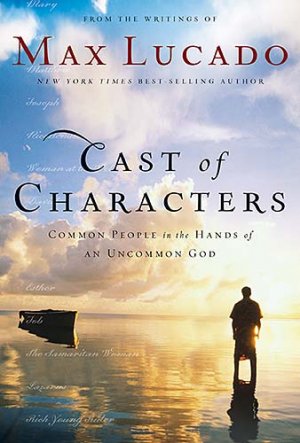4/5 Star RatingPros:
I found the book well written and intriguing. The story was fascinating and saddening at the same time. My heart wrenched for Clara as she was alienated from her family. I enjoyed the book immensely, and it held my attention till the very end. A rare feat to be honest! I'm not sure if the book was intended to be a 'Christian' book, but their was several references to God and the Bible. But overall it wasn't particularly 'Christian'. (I only say this for those who have problems reading non-Christian books) their was of course nothing contradictory in the book against Christianity and I don't think anyone would have a problem with it. The book also made me think about how sad it is that we don't have a lot of history on most of the 'famous' people in history. They did lead lives, and did have feelings. They aren't just names on the cover of a book, or signatures on a painting. They're real people! I only wish they'd written down their 'story'. Makes you wonder, if you become famous someday, will anyone know who you were outside of your achievements?
Cons: While I did enjoy the overall writing and story line, I wasn't particularly thrilled with the several references to 'feminine' problems and body parts. It was fine for girls to read, but I wouldn't recommend it for a guy. The main character (Clara Etsby) did have a bit of a romance (nothing too long) with her employer's son. The extent was him kissing her quickly, that was it. She also had another romance in her life, but nothing inappropriate came from it and it was handled fine.
Story Line:
Nineteen-year-old Clara Estby is hauled by her mother, Helga, on a 7,000-mile walk from Spokane, Wash., to New York in 1896. The fashion industry is looking for promotion of the new, shorter dress for women; Helga is looking for a ,000 prize to save the family farm from foreclosure. The historically factual walk is only the first half of the book; the rest follows Clara after she leaves her family, becomes a businesswoman, and makes her way as times change for women at the turn of the century. Kirkpatrick has done impeccable homework, and what she recreates and what she imagines are wonderfully seamless. Readers see the times, the motives, the relationships that produce a chain of decisions and actions, all rendered with understatement. Kirkpatrick is a master at using fiction to illuminate history's truths. This beautiful and compelling work of historical fiction deserves the widest possible audience.tarred Review. Nineteen-year-old Clara Estby is hauled by her mother, Helga, on a 7,000-mile walk from Spokane, Wash., to New York in 1896. The fashion industry is looking for promotion of the new, shorter dress for women; Helga is looking for a ,000 prize to save the family farm from foreclosure. The historically factual walk is only the first half of the book; the rest follows Clara after she leaves her family, becomes a businesswoman, and makes her way as times change for women at the turn of the century. Kirkpatrick has done impeccable homework, and what she recreates and what she imagines are wonderfully seamless. Readers see the times, the motives, the relationships that produce a chain of decisions and actions, all rendered with understatement. Kirkpatrick is a master at using fiction to illuminate history's truths. This beautiful and compelling work of historical fiction deserves the widest possible audience.



